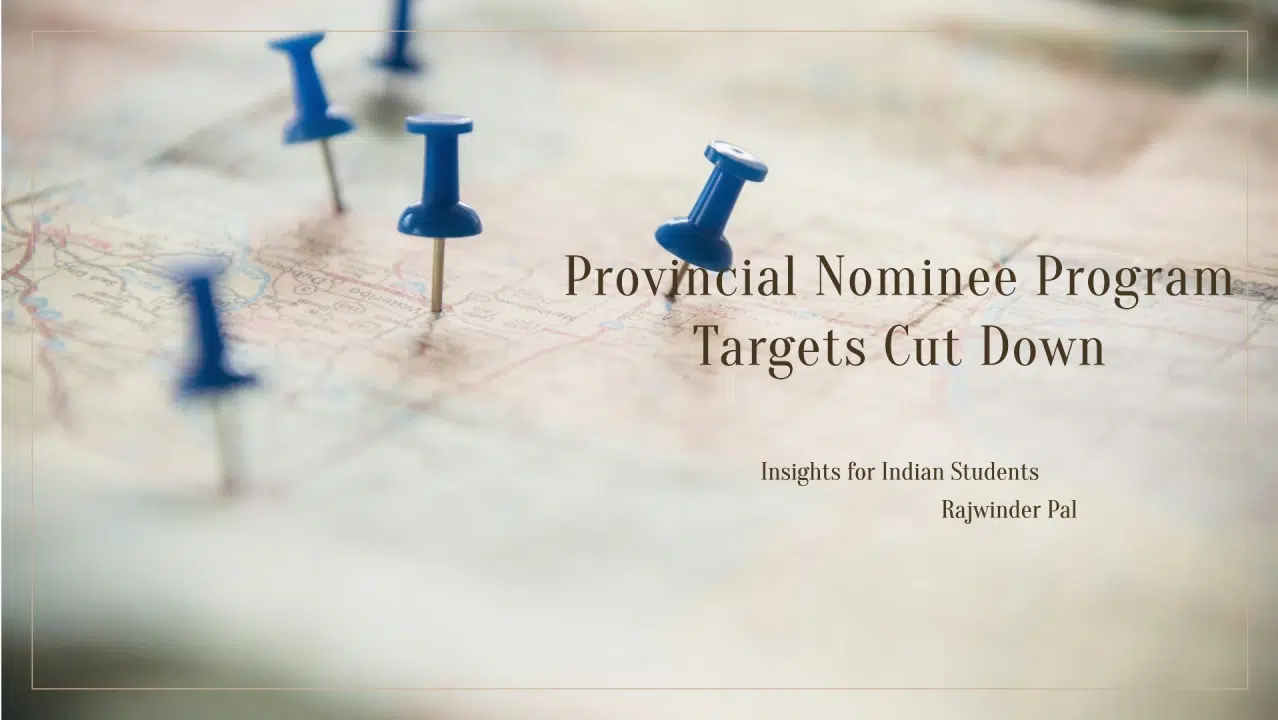Facing a Canadian visa rejection can be disheartening, but it’s not the end of your dream. Many individuals successfully reapply after an initial rejection. This writing empowers you with valuable steps to navigate the path towards a successful second attempt.
Understanding the Reasons:
Review the refusal letter: This document outlines the specific reasons for rejection. Carefully analyse it to identify areas for improvement.
Seek clarification: If the reasons are unclear, apply for CAIPS notes; this can help you address concerns accurately.
Addressing the Issues:
Gather additional documentation: Depending on the reason for refusal, gather supplementary documents that strengthen your application. For instance, if financial stability was a concern, provide updated bank statements or proof of additional funding.
Improve your application: If errors or inconsistencies were present, meticulously review and rectify them in your next application. Ensure all information is accurate, complete, and presented clearly.
Seek professional guidance: Consider consulting an immigration lawyer or consultant who can offer personalized advice and support tailored to your specific situation.
Crafting a Stronger Application
Demonstrate genuine ties: If your ties to your home country were deemed insufficient, showcase strong ties through employment, property ownership, or family connections.
Refine your personal statement. Revise your personal statement to address the concerns raised in the rejection letter. Highlight your genuine interest in studying or working in Canada and your plans for returning home after the visa period ends.
Maintain a positive outlook: While addressing the rejection is crucial, maintain a positive and professional tone throughout your application and communication. SOP is the key.
Additional Tips:
Wait for the eligible timeframe. Unless the rejection letter states otherwise, wait for the specified period before reapplying. Rushing the process can raise red flags.
Declare the previous application: Be transparent about your previous application in your new one. Explain how you have addressed the shortcomings identified in the rejection.
Seek external support: Consider joining online forums or communities connecting individuals with similar experiences. This can provide valuable insights and support.
A visa rejection is not the end of your journey. By carefully analysing the reasons, addressing them effectively, and crafting a stronger application, you can increase your chances of success in your second attempt. With perseverance and the right approach, you can still achieve your dreams of studying, working, or living in Canada.





















